
Robert Cauer the Elder (13 February 1831, Dresden - 2 April 1893, Kassel) was a German sculptor; known for his funerary art.

Robert Cauer the Elder (13 February 1831, Dresden - 2 April 1893, Kassel) was a German sculptor; known for his funerary art.

His father, Emil Cauer the Elder and brother, Karl were both sculptors. Many of his descendants and relatives also became sculptors, including his sons, Stanislaus and Friedrich , and Karl's sons, Emil and Hugo (1864-1918).
He received his first lessons at his father's studio in Bad Kreuznach. From 1851 to 1856, he studied painting at the Kunstakademie Düsseldorf with Wilhelm von Schadow and Karl Ferdinand Sohn. From 1853 to 1854, he also studied at the academy's building school with Rudolf Wiegmann. From 1851 to 1857, he was a member of Malkasten, a progressive artists' association. After completing his studies, he worked with his father and returned to Sculpting, but never gave up painting entirely. Between 1856 and 1861, he made numerous study trips throughout Germany, England and Italy. In 1882, he settled in Rome, where he would live for the rest of his life.
Together with his brother, Karl, he set up a studio there, but would continue to be involved with the one in Bad Kreuznach. From 1887, he was officially commissioned by the Prussian government to supervise their scholarship students at the Villa Strohl-Fern. The following year, he was named a Professor. After 1889, he divided his time between Rome and Kassel.
His sculptures were inspired by topics from literature and folklore, and he often emulated his father's works. He also created numerous portrait plaques that were based on Classical models. [1]
His most familiar works may be his grave monuments, including several at the Alter Friedhof, Bonn; notably those of Friedrich Wilhelm August Argelander and Nikolaus Simrock.


The Prussian Academy of Arts was a state arts academy first established in Berlin, Brandenburg, in 1694/1696 by prince-elector Frederick III, in personal union Duke Frederick I of Prussia, and later king in Prussia.
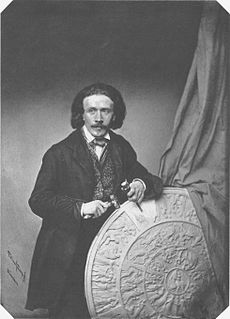
Konrad Knoll was a German sculptor.
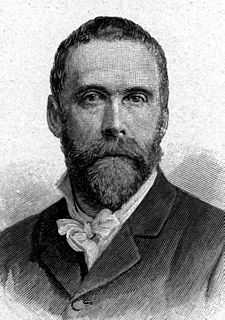
Syrius Eberle was a German sculptor and art professor.
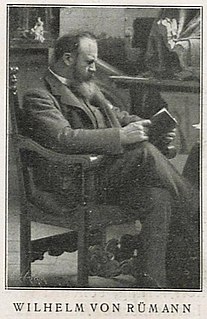
Wilhelm von Rümann was a prominent German sculptor, based in Munich.

Ludwig Cauer was a German sculptor.

Karl Lorenz Rettich was a German landscape artist and draftsman.
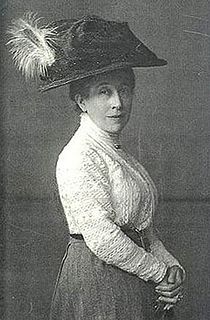
Susanne Philippine von Nathusius was a German portrait painter who worked in Halle and Paris.
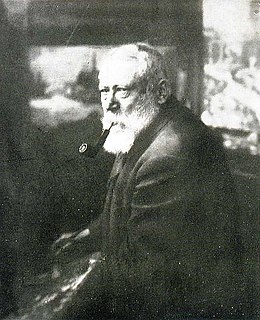
Carl Rodeck was a German landscape, marine and portrait painter.
Wolfgang Kermer is a German art historian, artist, art educator, author, editor, curator of exhibitions and professor. From 1971 to 1984 he was repeatedly elected Rector of the State Academy of Fine Arts Stuttgart and thus the first scientific and at the same time youngest teacher in this position in the history of the university. Under his rectorate, the State Academy of Fine Arts Stuttgart was reformed in 1975 and 1978 on the base of two new university laws of the State of Baden-Württemberg and thus, for the first time in its history, authorized to set up diplomas for all courses. His focus is the history of Visual arts education, the art of Willi Baumeister and the history of the State Academy of Fine Arts Stuttgart and its predecessor institutions.

Carl Frithjof Smith was a Norwegian portrait and genre painter who spent his career in Germany.
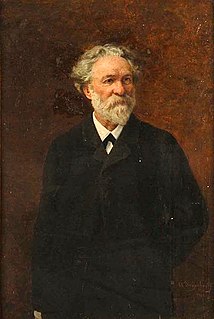
Anton Heinrich Dieffenbach was a German landscape and genre painter; noted for his portrayals of cute children.
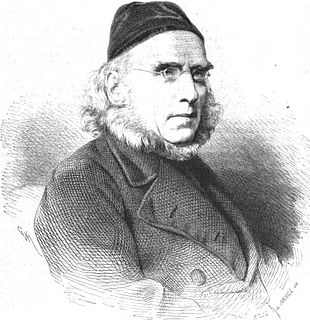
Emil Cauer the Elder was a German sculptor in the Classical style. Many of his children and grandchildren also became sculptors.
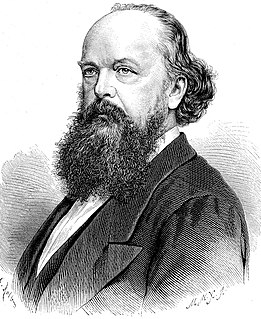
Karl Ludwig Cauer was a German sculptor in the Classical style.
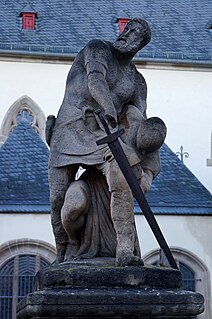
Robert Cauer the Younger was a German sculptor.
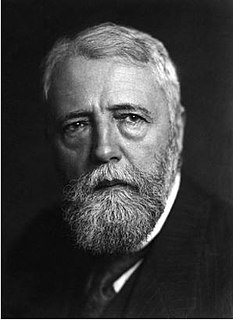
Stanislaus Cauer was a German sculptor, medallist and art teacher. He is best known for his monument to Friedrich Schiller.
Hubert Haider (1879–1971) was a German landscape painter.
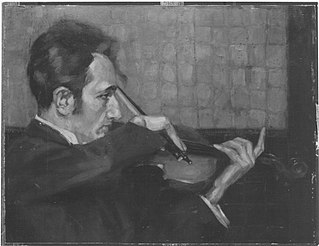
Walter Bud was a German painter.
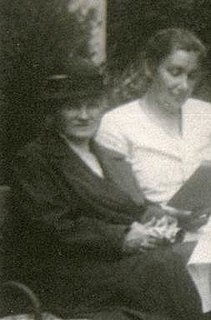
Mathilde Block was a German painter and embroiderer. Her artworks and paintings range from pencil portraits to embroidered quilts and have been exhibited in numerous art expositions throughout the world.
Robert Friedrich Karl Scholtz was a German expressionist portrait and landscape painter, graphic artist and draughtsman. He belonged to the Berlin Secession mouvement.
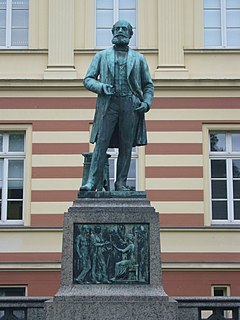
Johannes Everding was a German sculptor and medallist, primarily known for monuments and fountains.